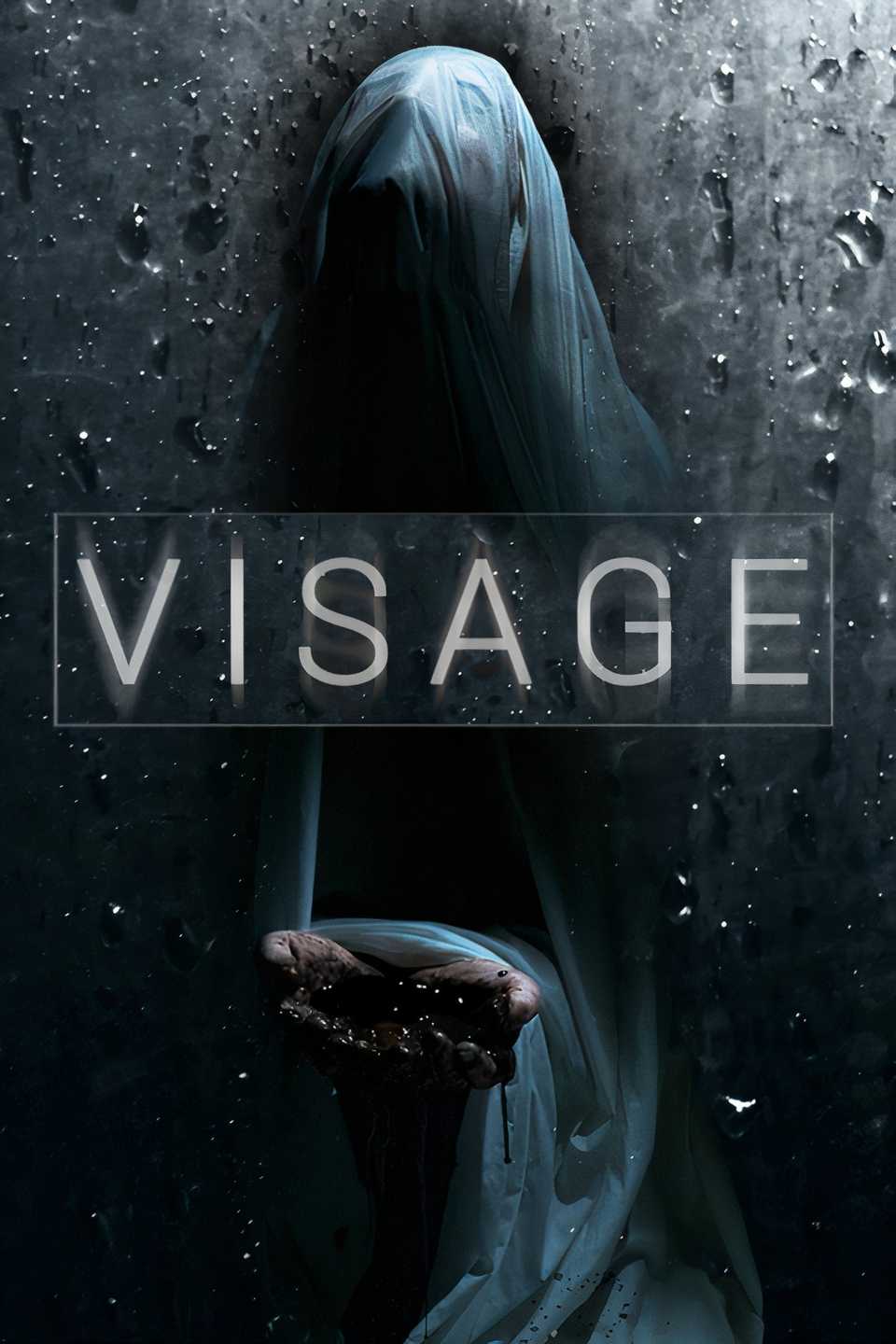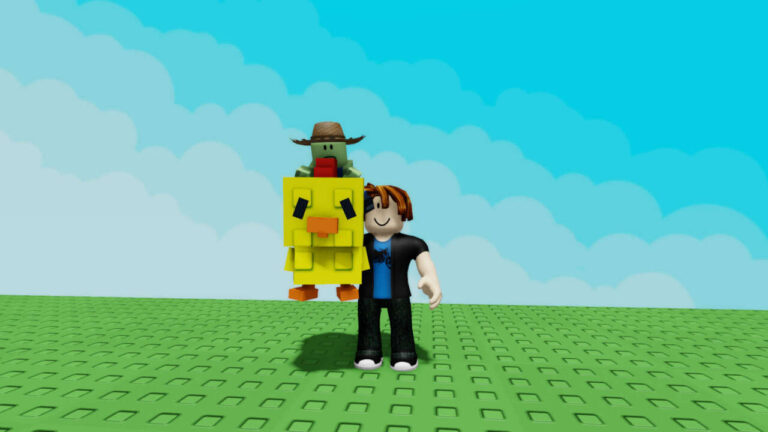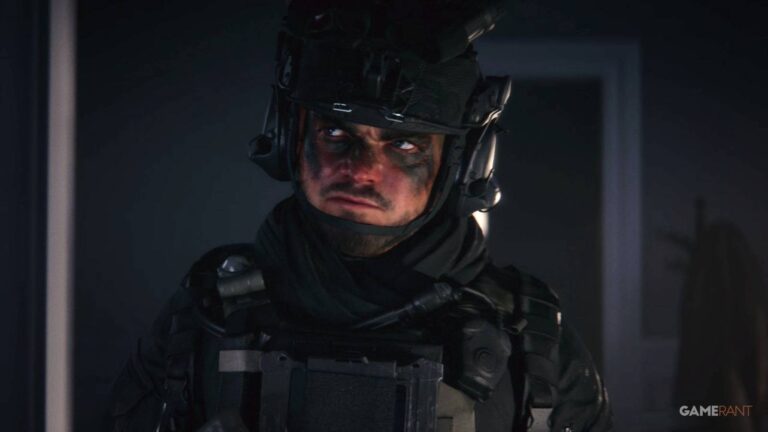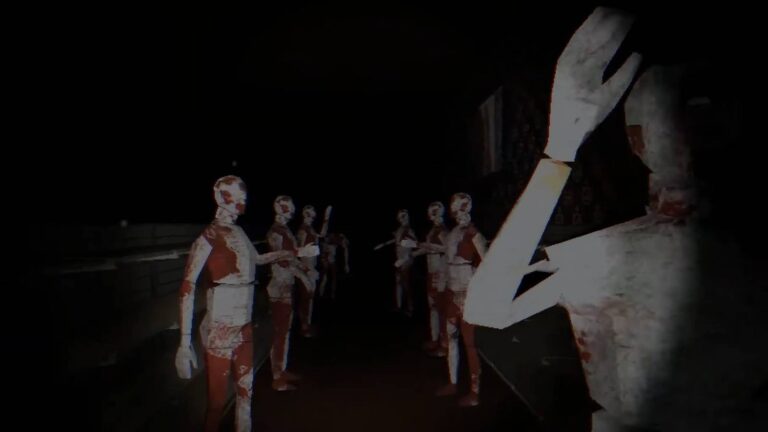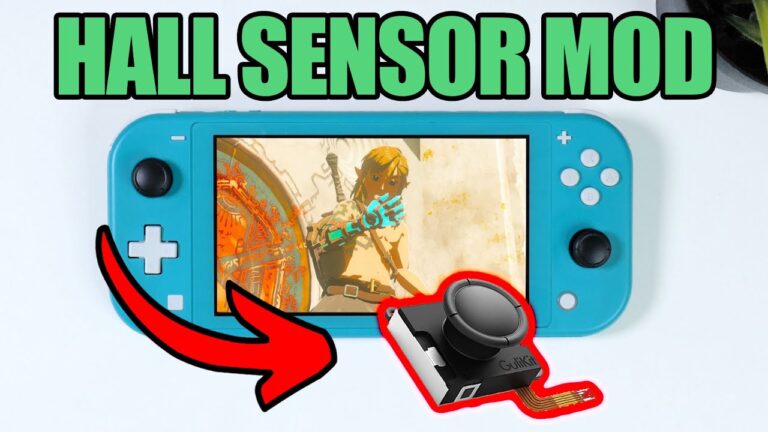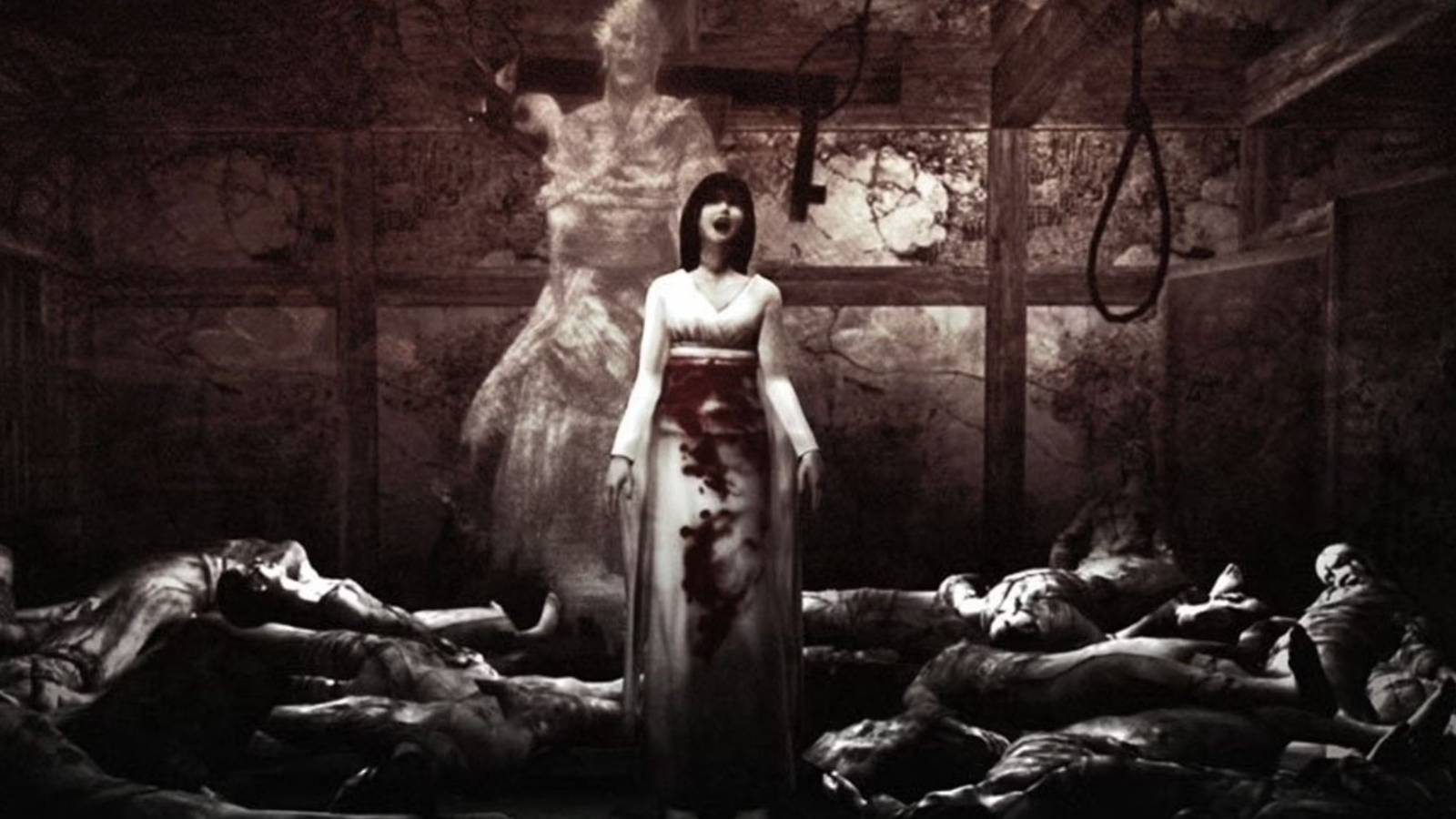
Jump scares are cheap. The best horror, the real stuff, doesn’t need to shout. It’s the kind that digs its claws in deep, leaving players with questions they can’t shake, with images seared onto the backs of your eyelids, and with a mood, a feeling, a dread that just…lingers, long after you’ve switched everything off.
Here are games that don’t just frighten players in the moment. They embed themselves and whisper back in the dark.
SOMA
When Machines Remember What You Forgot
This isn’t a game about monsters. It’s a game about you. Or what’s left of you, anyway. Players wake up in a creaking, groaning underwater research facility where something has gone profoundly, terribly wrong. The walls groan under the impossible pressure, machines wheeze and whirr like they’re breathing, and the questions the game asks about identity and consciousness cut so much sharper than any monster’s claw ever could.
The horror here isn’t a monster chasing the protagonist down a corridor. The horror is a question. What gives SOMA its incredible staying power is not its occasional stealth sections but its gut-wrenching, philosophical story about what it means to be you. Conversations with sentient machines, with constructs that might be more human than you are, just completely blur the line. It all gets under the skin, not through gore, but through the creeping, dawning realisation that the player might be completely replaceable…or worse, that they might have been replaced a long, long time ago.
Fatal Frame 2: Crimson Butterfly
A Camera Against The Dark
Exploring this isolated, forgotten village, a place just steeped in a quiet, tragic kind of evil, armed with just an old clunky Camera Obscura. It’s haunted by these restless, flickering spirits, their faces twisted with an ancient pain. And capturing them on film, looking them right in the eye, is the only defense.
The sheer, raw vulnerability of it all is what gives Fatal Frame 2 its uncanny power. Players have to face them. You have to look them right in their spectral, screaming faces to defeat them. It just lingers, like a half-remembered nightmare, where every dark hallway feels just wide enough for something to be following you.
The Cat Lady
A Descent Into Guilt & Grief
There are no monsters here. Well. Not really. The horror in The Cat Lady is real life. It’s a psychological horror game that forces players into the shoes of Susan Ashworth, a woman just utterly burdened by depression and loneliness. The bleak, collage-style art is just perfect, and the choices players are forced to make? They sting more than any cheap jump scare ever could.
What makes it so unforgettable is its unflinching, brutal honesty. The surreal, nightmarish horror players face is almost always a direct mirror of Susan’s own inner struggles, making it almost impossible to separate the nightmare from the reality. Few games ever dare to make a player sit with such raw, unfiltered emotion.
Visage
Mirrors That Don’t Show Your Reflection
It’s just a house…or is it? This house is a living, breathing, suffocating thing. Every creak of a floorboard, every flicker of a lightbulb, every shadow in the corner of one’s eye…it’s all designed to just shred the nerves. There are no safe corners here. Even the walls feel like they shift and breathe when players aren’t looking.
The brilliance of Visage is its patience. The sheer, agonizing patience. Progress comes in these tiny, horrifying fragments, each one revealing some grotesque detail about the tragedies that haunt the very plaster of the walls. By the time something finally does appear, the player’s nerves are already so frayed that it hits with twice the impact. An absolute masterclass in slow-burn dread.
Mouthwashing
Unsettling Even In The Quiet Moments
This one is strange. Deeply, wonderfully, skin-crawlingly strange. Its grainy, distorted VHS aesthetic feels like players have found a cursed tape that’s been left out in the sun for too long. The whole thing just feels off, wrong, in a way that’s difficult to put into words. And the result is a game that never, ever feels safe, even when absolutely nothing is happening.
It gnaws at the edges of one’s perception. Instead of clear monsters and obvious threats, players are left with suggestions, half-seen shapes, and an atmosphere that is just profoundly unsettling. You’re never quite sure what you just saw, or if you were even supposed to see it at all. And that ambiguity, that uncertainty, is where the real unease burrows in. All that built-up tension finally boils over toward the end when the game unveils body horror that could make Jack the Ripper himself flinch.
Signalis
Memories That Should Stay Buried
Signalis is a beautiful, tragic, terrifying thing. It’s a blend of old-school survival horror and cosmic sci-fi dread, following an android, a “Replika,” as she searches for her missing human partner in a crumbling, off-world facility. Its retro pixel art style somehow hides none of the sheer, oppressive dread.
But the horror here doesn’t just come from the shambling, corrupted creatures players have to fight. It’s in the atmosphere itself. In the notes left behind by the dead. In the flickers of half-remembered memories and the surreal, dreamlike imagery that punctuates the descent. It’s a game that earns its scares not just by being scary, but by twisting its very real, very human emotions into the horror itself.
Iron Lung
Alone In The Deep
Claustrophobia: The Game. Players are in a tiny, one-man submarine, a “rust bucket” to put it mildly, submerged in an ocean of blood on a desolate moon. Players have to take pictures of…something. And the controls are clunky by design. You’re flying blind, navigating with nothing but a proximity sensor and a grainy, low-res camera. Every single beep and ping of instruments feels like its own terrified heartbeat.
That’s the genius of it. Its restraint is what makes it so terrifying. Players never really see what’s lurking in the deep, and that absence becomes the monster. The absence is the monster. The metal hull groans, and players can just feel the impossible weight of an entire ocean of blood pressing down on them. The unknown has already crushed them, long before the inevitable, final revelation arrives.

